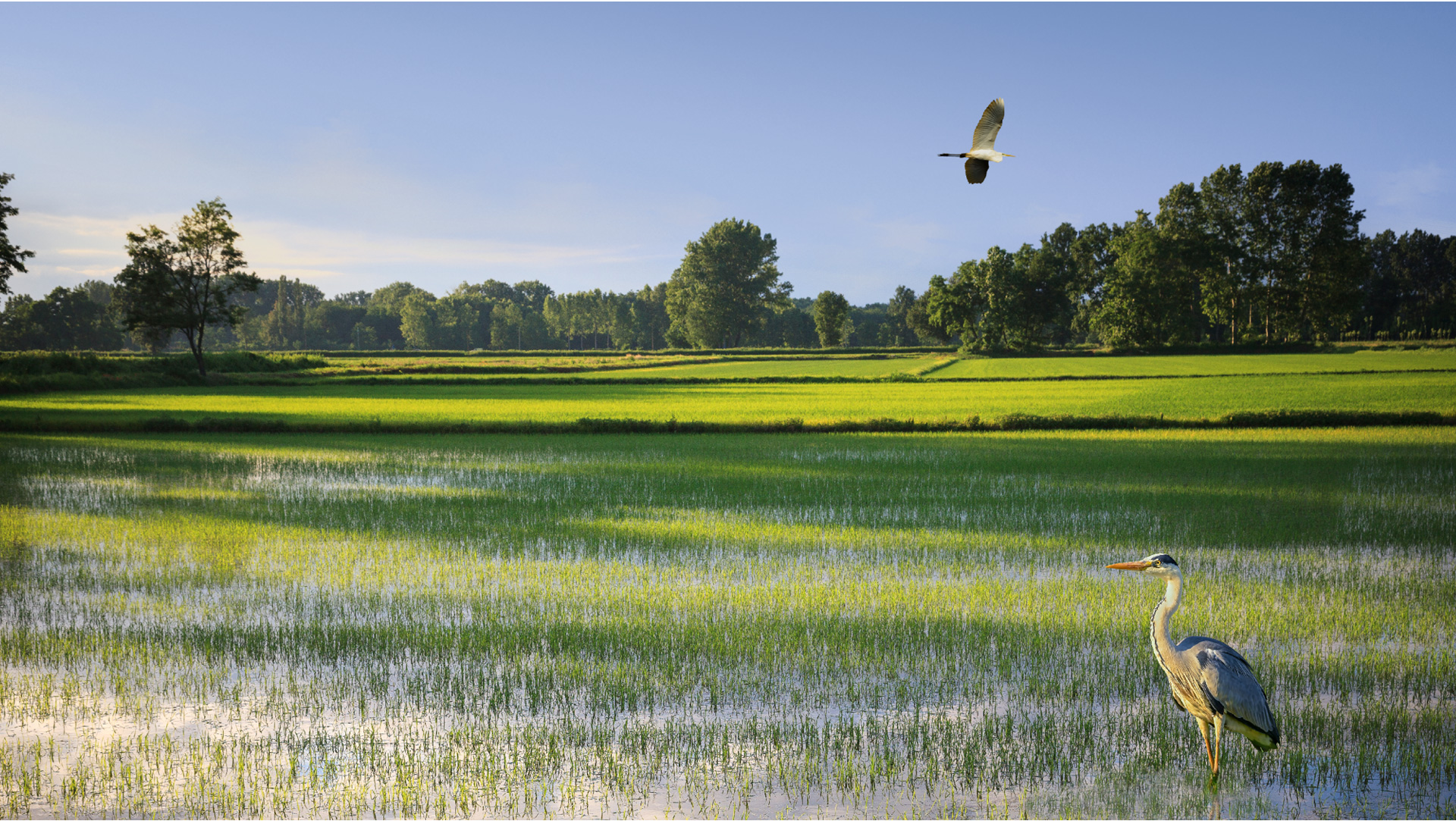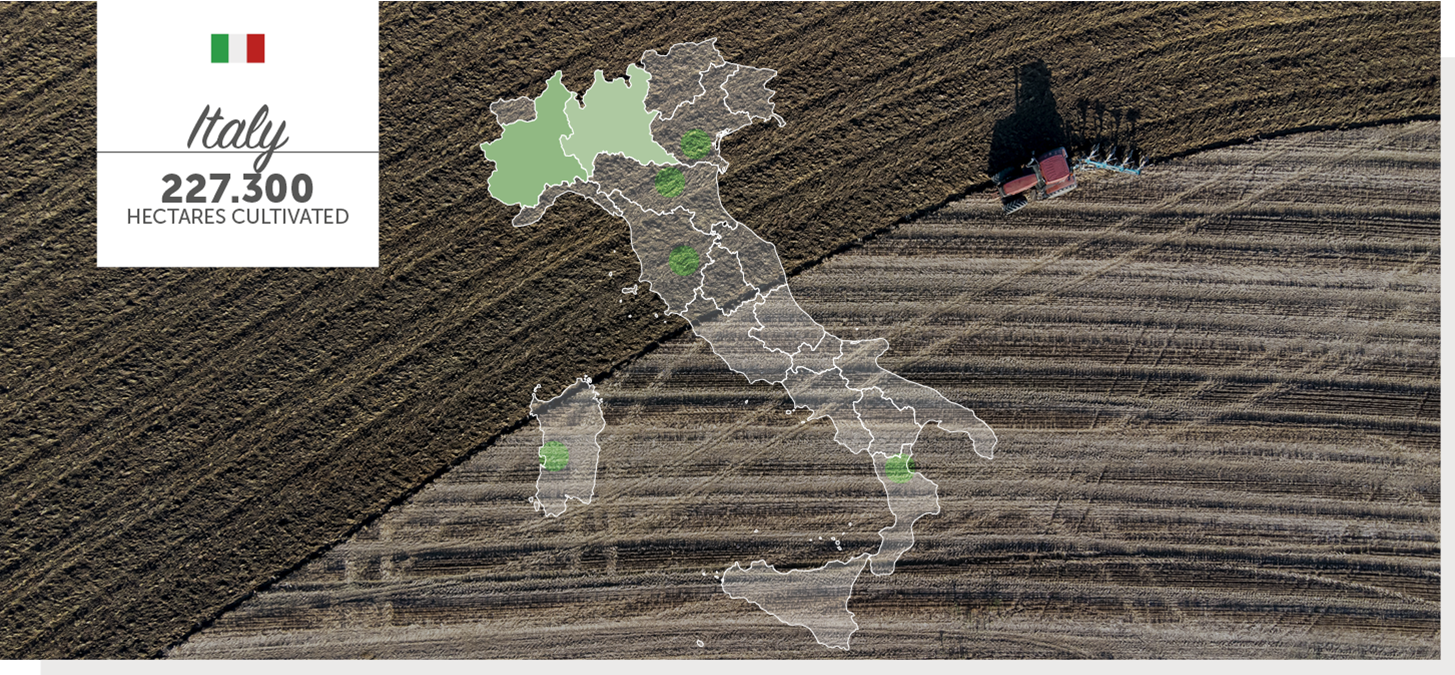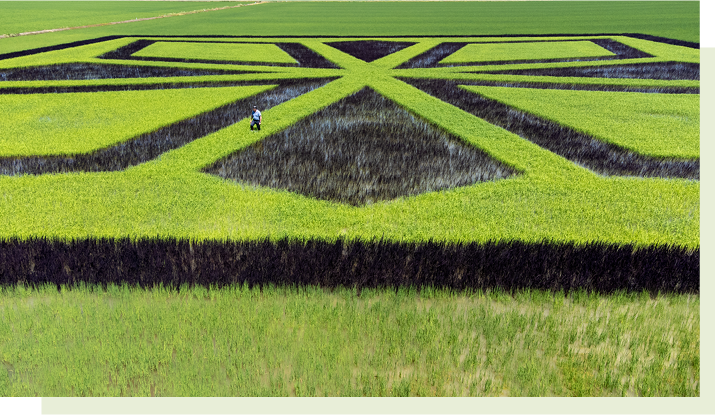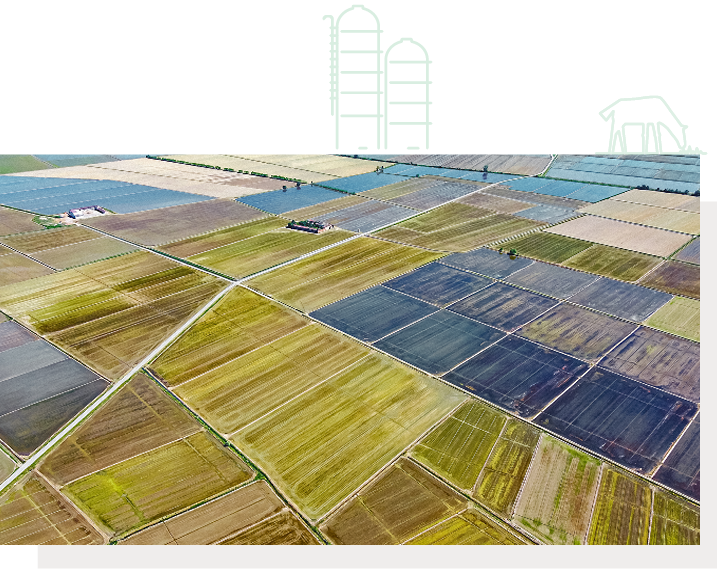
Rice Production in Italy
There are four main types of rice grown in Italy: Tondo (Rounded), Medio (Medium), Lungo (Long) A and Lungo (Long) B.
As much as 50% of Italian paddy fields are cultivated with the Lungo A and Medio types. The first type is generally parboiled, just as are most of the risotto varieties destined for national consumption, including the prized Carnaroli, Arborio, Baldo and Roma varieties, which demand higher prices, but are produced in more select, limited quantities. 30% of Italy’s paddy fields are cultivated with the “common”, or Tondo type, while the remaining 20% is cultivated with the Lungo B type, which includes the generally exported Indica variety. Characterized by higher yields, Tondo and Lungo rices usually have lower prices on the market than Lungo A and Medio.
In Italy, in 2020, agricultural rice production was worth approximately Euro 500 million, 92% of which was accounted for by the regions of Piedmont and Lombardy.


In the rice supply chain, there is a strong integration between agricultural production and industrial processing, with a large part of rice processing concentrated between Piedmont and Lombardy in an area known as Lomellina. Thus rice mills have developed in the vicinity of production areas, and, therefore, maintain strong links with the local territory.
The Italian rice industry involves around 100 companies, employing as many 1,350 people, and generating an annual turnover of Euro 1.3 billion.
The 7 largest companies have a turnover in excess of Euro 50 million, accounting for 66% of the sector’s revenues, while the next 35 invoice less than Euro 10 million, contributing 12% of turnover.

Both types of companies have a highly competitive profile. Large groups are more focused on the national and international market, and invest in innovative technologies, such as vacuum packing, optical sorters, carbon dioxide treatments, and so on. The craft production businesses, on the other hand, maintain a good economic and financial profile by having already amortized their investments in the rice processing plants that use traditional mechanical technologies.
Much of the raw material processed is of Italian origin (86% by volume in 2019), but Italian rice mills also process imported products, especially of the Indica variety.
The target market is both domestic and foreign. The first, for which about 40% of the processed rice is reserved, involves for the finest varieties of risotto rice, products with a service content, such as preparations for risotto dishes, new products used as substitutes for bread and baked goods in gluten free diets, and, finally, rice for the preparation of sushi. Such new trends have favoured a growth in national rice consumption (+14% in the period 2015-2019), leading to an annual per capita rice consumption of around 7 kg.

